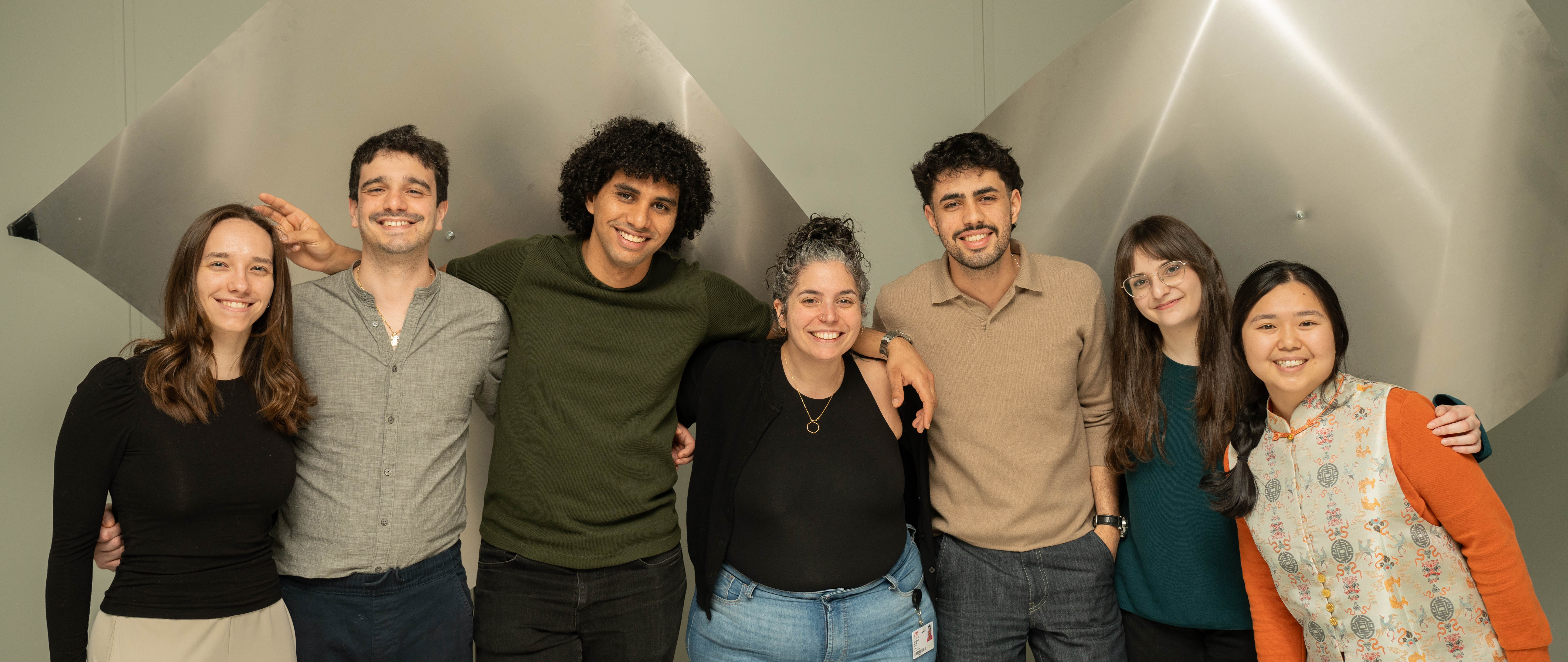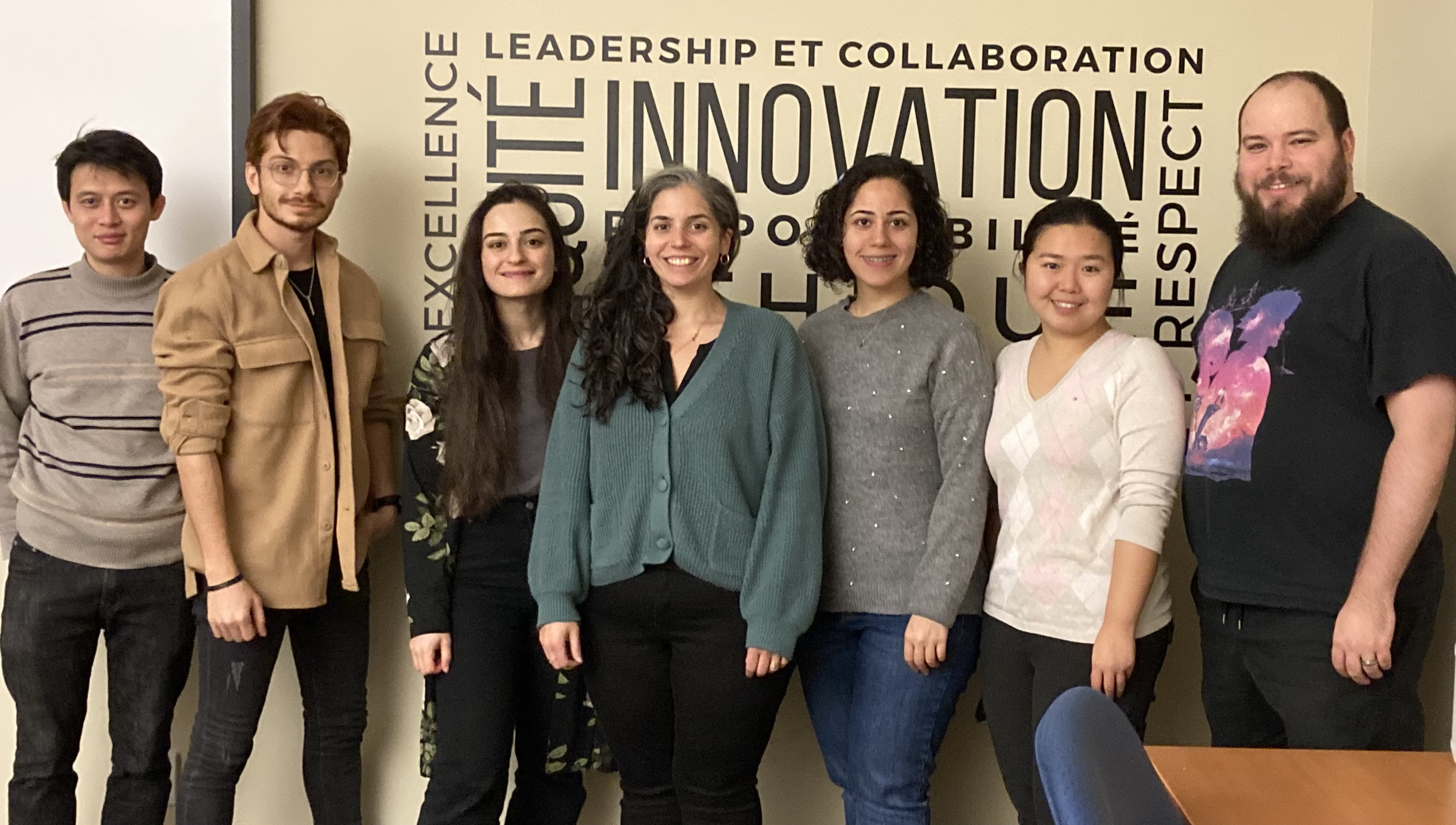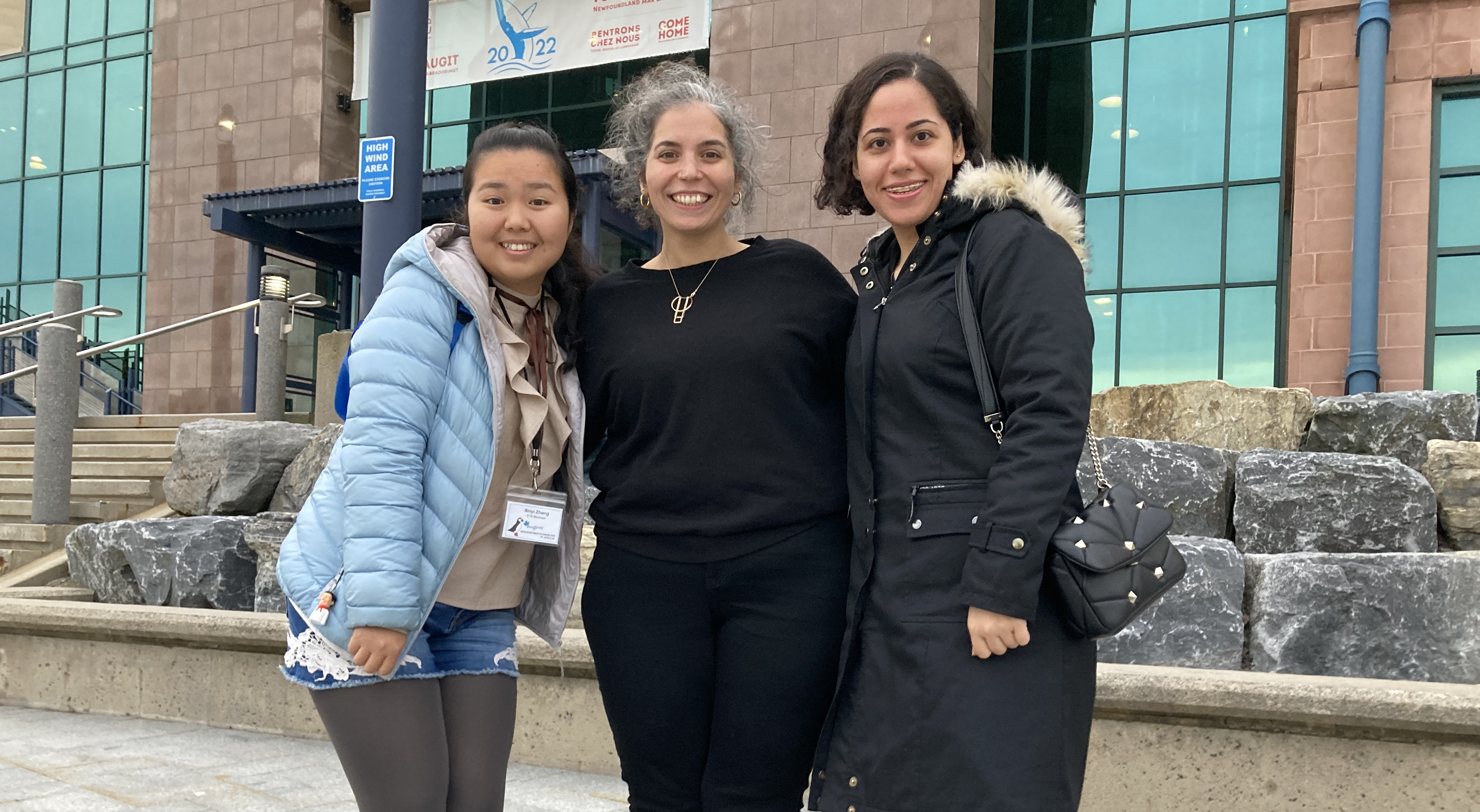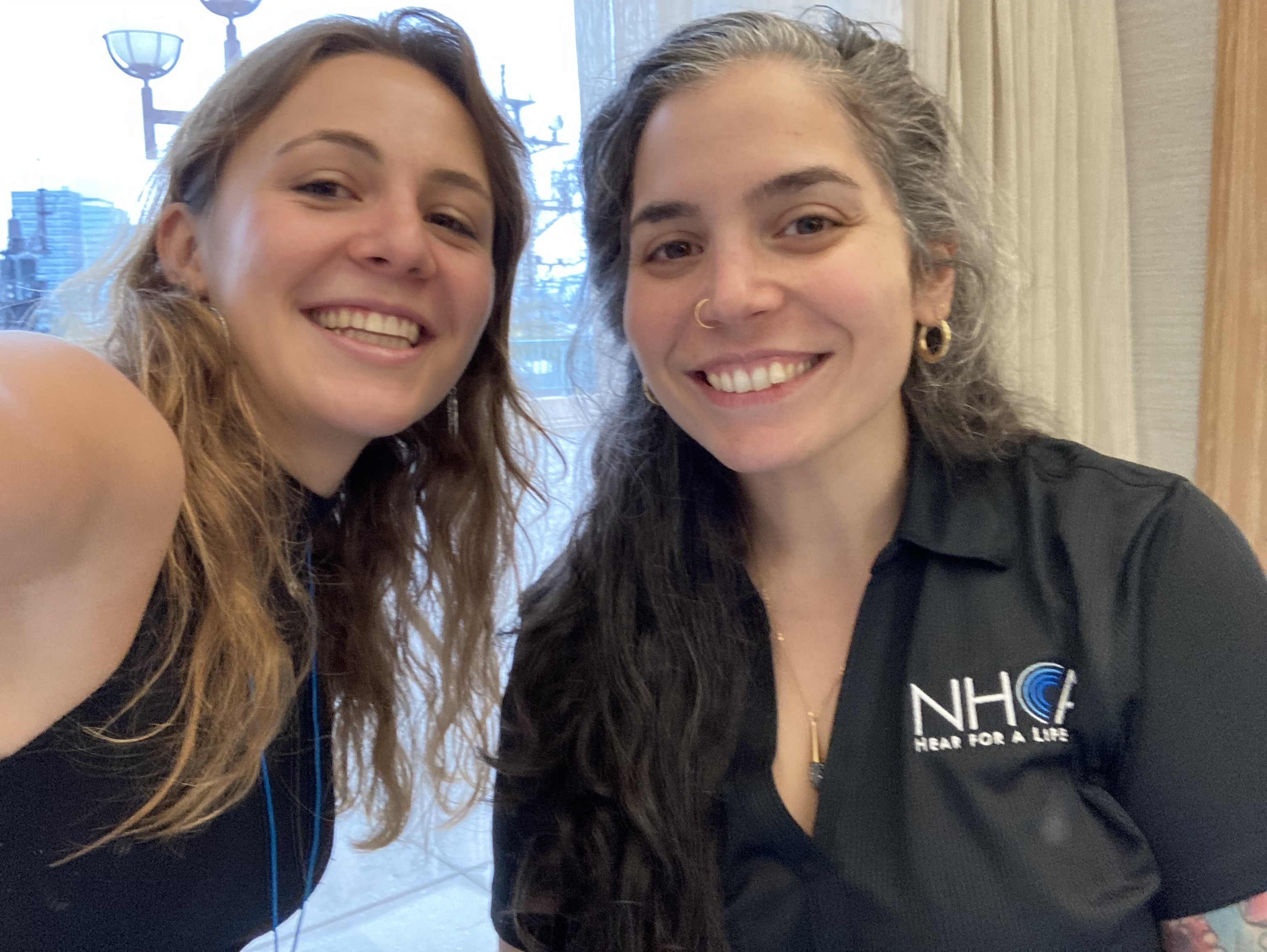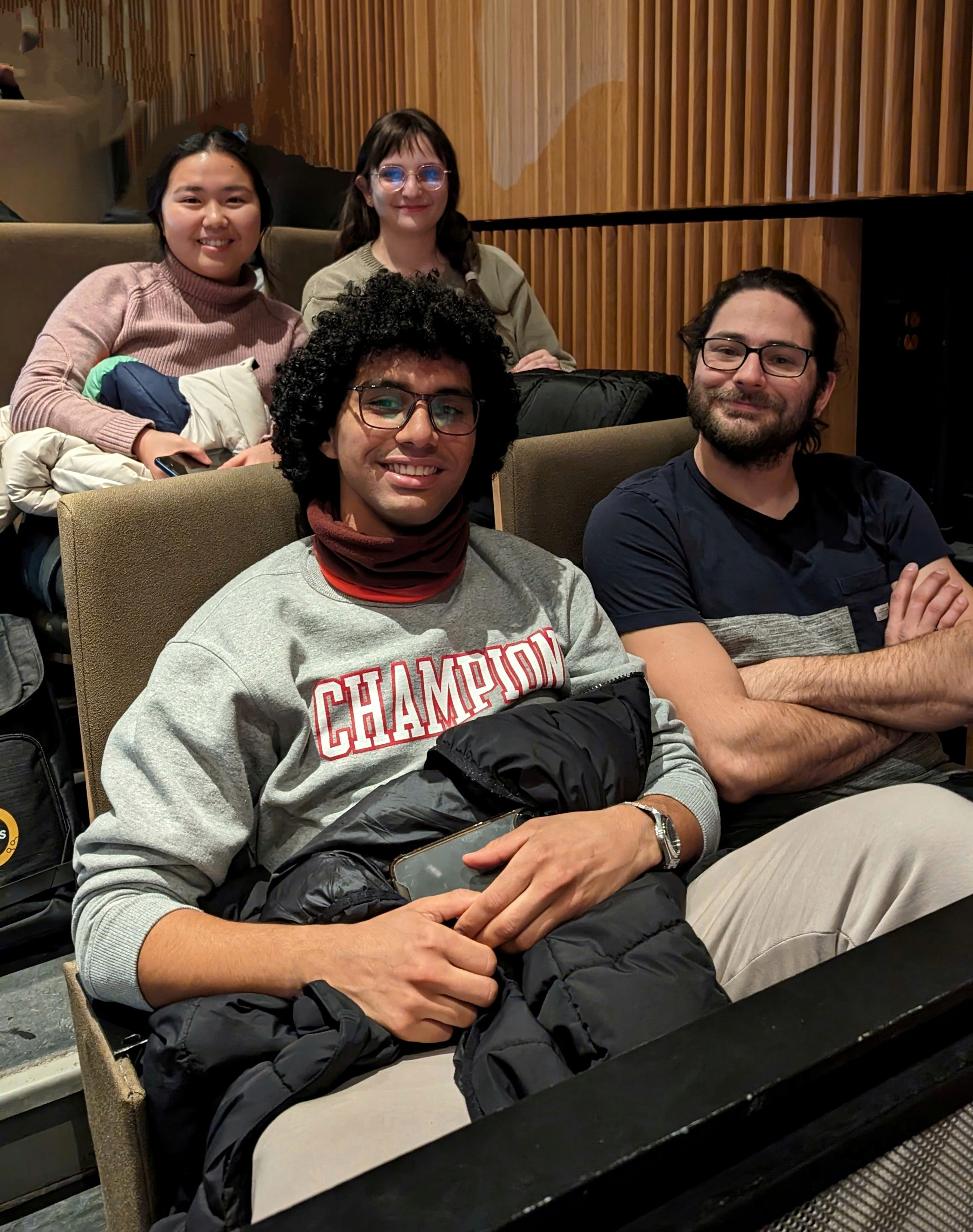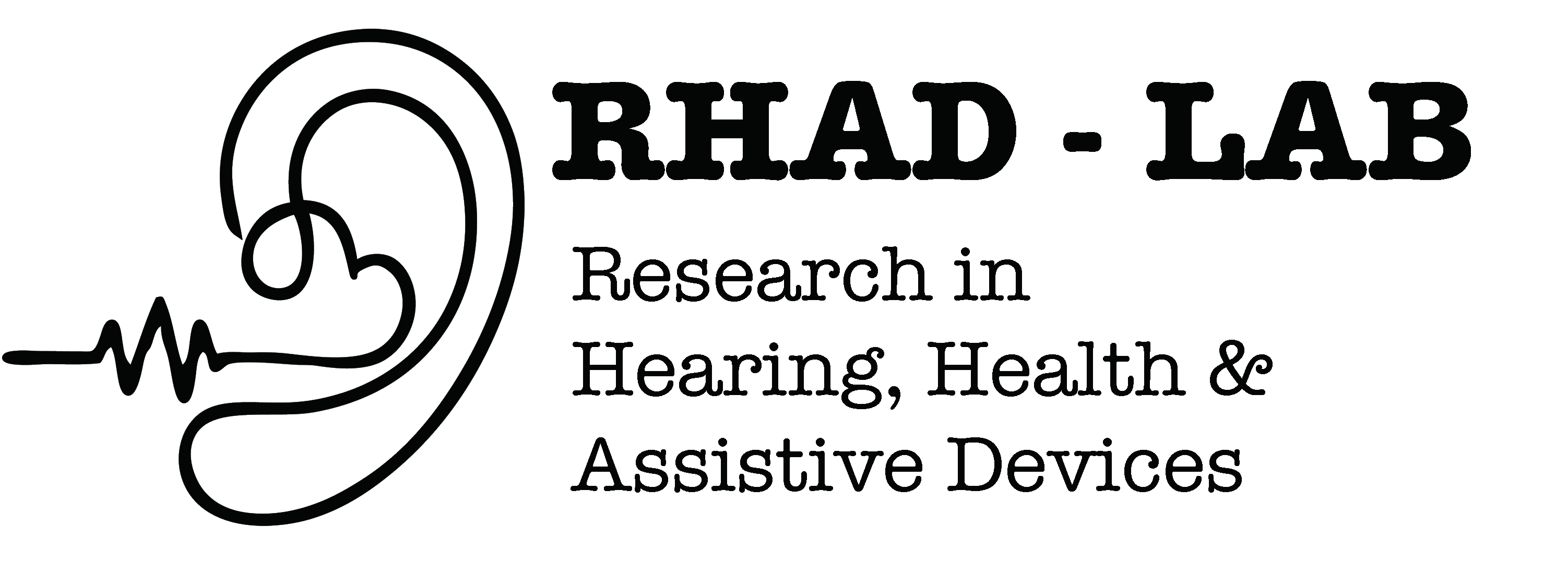About RHAD Lab
The Research in Hearing Health and Assistive Devices (RHAD) Lab aims at achieving early disease detection using advanced intra-aural technologies, hearables. The hearable, located in the stable walls of the earcanal, is a portal to a plethora of signals generated by the human body and the world that surrounds it. Occluding the earcanal at its opening amplifies vibrations propagated by bone and tissue conduction such as those generated from the heart beating or the wearer talking, coughing, breathing, walking or even blinking an eye. These signals can be captured by an in-ear microphone, placed inside the occluded ear. Furthermore, an outer-ear microphone placed at the outside of the earcanal allows for signal enhancement of the in-ear captured signals and gives access to the surrounding sounds which can further explain particular behaviors by the wearer in complex acoustical environments. Continuous use of such devices, coupled with simultaneous tracking of a diverse set of signals provides an opportunity for multimodal prediction models for early detection. Researchers at RHAD Lab aim to understand such individual patterns to develop algorithms that can work on the individual level, looking at several modalities at a time, thus achieving better performance in anomaly detection.
